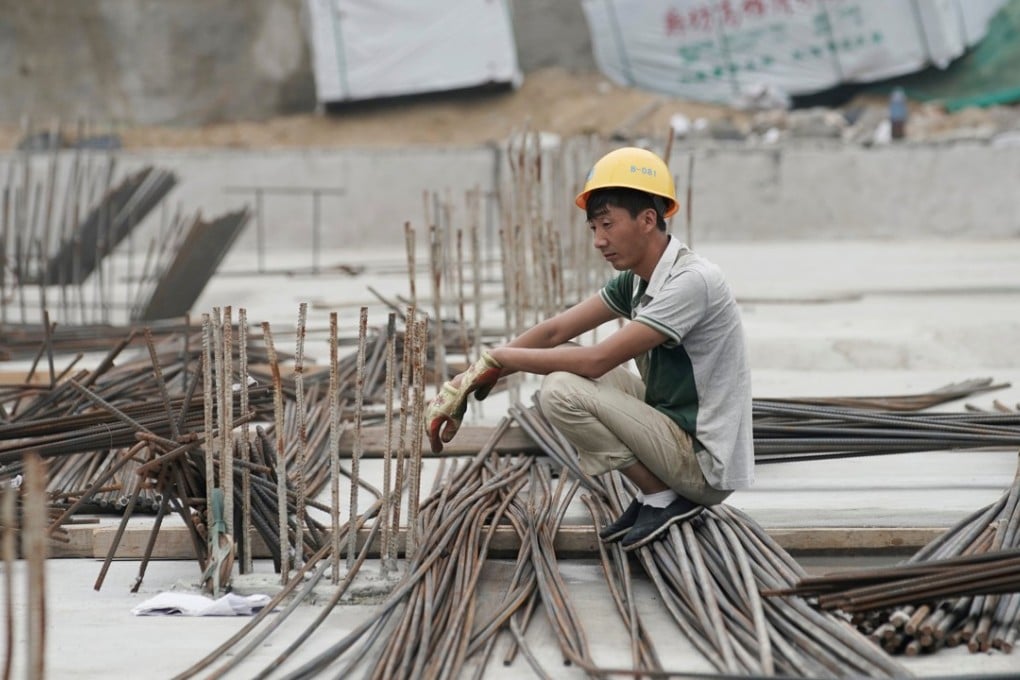Abacus | The risk of the middle-income trap just increased for China. Here’s why
Xi Jinping’s jettisoning of specific GDP goals post 2020 might soothe those who fear a growth-at-all-costs culture, but without such targets, local governments may lose their dynamism

Reform-minded economists in China have long called on the ruling Communist Party to abandon its obsession with growth targets for the country’s gross domestic product. Last week they got their wish. The may come to regret it.
When Chinese President Xi Jinping delivered his “work report” last week, he declared his intention to build a “great modern socialist country” by 2050. But notably he failed to decree any specific economic growth targets for the years after 2020.
Is Japan’s long slump finally ending?
Instead, he spoke somewhat nebulously about the broad range of requirements to create a “better life” for the people of China. For example, he mentioned the environment 89 times in his three-and-a-half hour speech. China’s economy was mentioned only 70 times.
His tone was a stark contrast to that of Chinese leaders in the past. In 2012, Xi’s predecessor Hu Jintao declared economic development to be the central task of the party. And in 2015, Xi himself promised that China’s annual growth would not fall below 6.5 per cent over the subsequent five years – the minimum rate needed to deliver past leaders’ pledges to double the national income between 2010 and 2020.

Now that goal has all but been achieved, Xi has jettisoned specific targets for post-2020 GDP growth rates. Many economists are delighted, blaming China’s hard targets for creating a growth-at-all-costs culture, which saw local officials and state-owned companies borrow ever-increasing sums to fund excessive investments in unneeded projects.
